From Music to Healing Art: How Your Playlist Can Guide Personalized Art Therapy
Bereket A. Yilma
7/26/20255 min read


🎼 When Music Paints a Picture: How Your Emotions Travel from Sound to Canvas
You’re sitting alone, headphones on, eyes closed. A cello leans into a minor chord — slow, aching, deliberate. Something stirs beneath the surface. Not a thought, not yet. Just a quiet opening. There’s no image in your mind. But your body knows. A flicker of memory. A knot loosening. A tear you didn’t expect.
Now picture this: that moment — raw, wordless, real —translated into colour, into texture, into a painting chosen not at random, but in response to what the music revealed. An image that doesn’t just reflect how you feel — but speaks to what you need.
This isn’t poetic fantasy. It’s the foundation of a new science: Using your emotional response to music to recommend therapeutic visual art. At ArtAICare we’ve built the first system that bridges these two worlds, music and visual art, to support personalised art therapy, powered by AI.
Our AI models uncover hidden emotional cues in your music preferences and translate them into therapeutic visual art recommendations. This gives therapists a powerful new lens to better understand what a patient may not yet have words for, so they can focus fully on guiding the healing journey.
🎶 The Why: Music Knows You Better Than a Questionnaire
There’s a space between stimulus and speech where emotions live unformed.
For decades, therapists have worked in this space — decoding it through body language, expression, metaphor, and silence. And in art therapy, with visual exposition, through the textures of paint, image, and intuition. The visual preference elicitation works, but when we choose images, we’re thinking — trying to explain, to reflect.
Music, on the contrary, doesn’t wait for words. It moves through you, stirs something deep, and awakens feelings you didn’t even know were there. Before you can name it, sadness, calm, longing, the sound has already reached it. That’s the power of music. It reveals the emotional truth beneath the surface, without needing you to explain a thing.
Hence, we wondered: What if music could help us reach that space — faster, more clearly?
What if the emotions evoked by sound could be translated into unique, personalised artwork pieces we can engage with as part of a deep individual healing journey?
The How: Mozart, Haydn & Salieri — Three AI Pathways from Sound to Sight
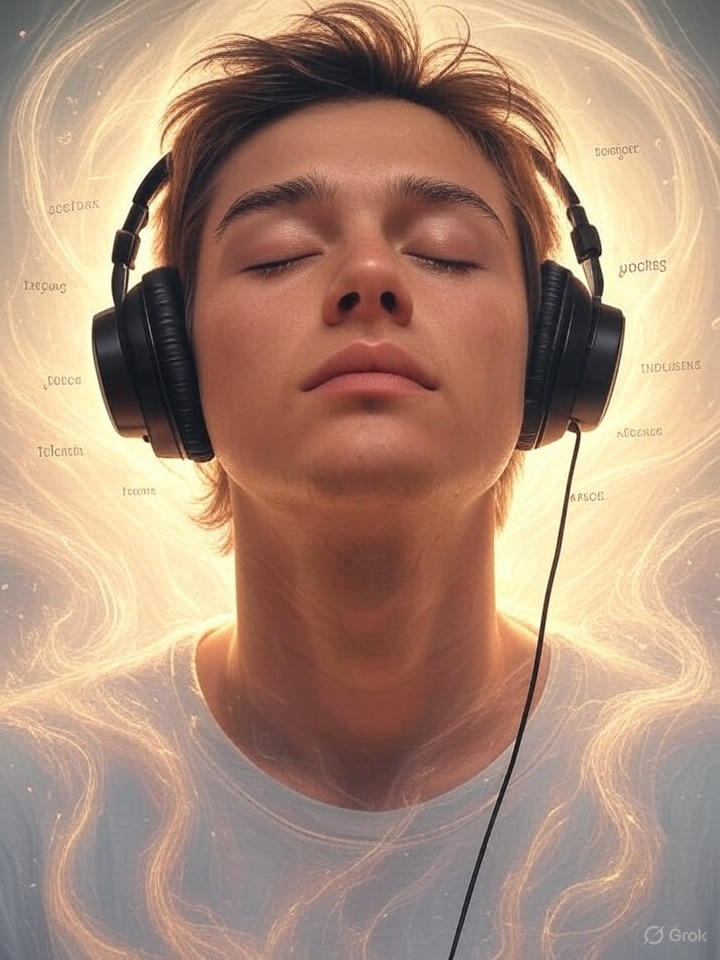

We developed three AI models to explore how music can guide therapeutic art recommendations. They're named after the legendary composers Mozart, Haydn, and Salieri, reflecting not just their musical genius, but the unique “personalities” behind each algorithm:
🎼 Mozart: is an affect-aware contrastive model that maps both music and paintings into a shared emotional space. It aligns deep emotional textures — an elegant thinker, like its namesake.
🎻 Haydn: applies a k-nearest-neighbour search in valence-arousal space, think of it as emotional GPS, matching songs and paintings. Clear, structured, and interpretable, Haydn represents balance and harmony.
🎹 Salieri – uses multimodal semantic alignment with large language and vision-language models. Salieri embraces nuance and context, giving voice to subtle emotional undercurrents.
Each model takes a different path to the same goal: supporting therapist-led sessions by recommending real pairings, uncovering what the patient feels, even when they can't say it.
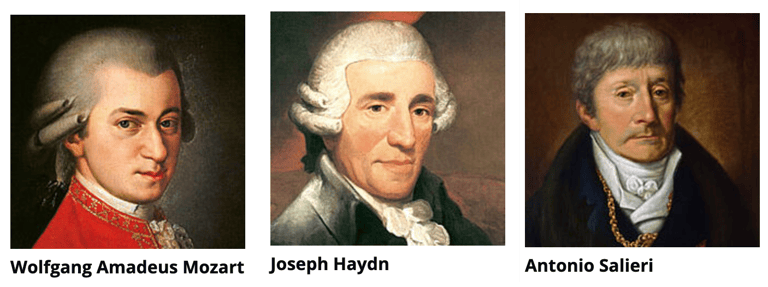

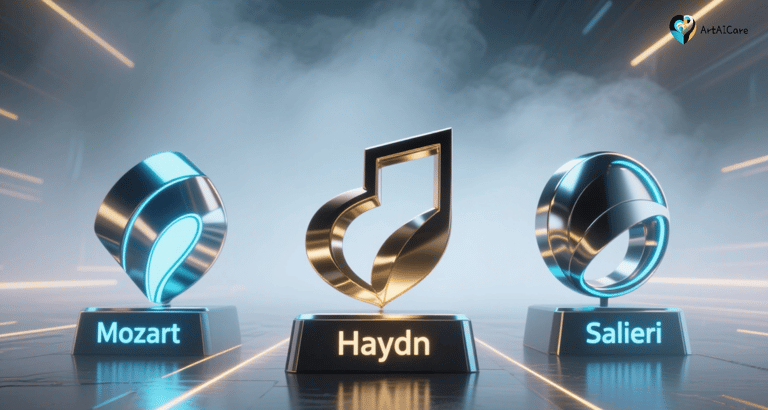

The Proof: 200 Patients, 3 Paintings, One Healing Journey
We conducted a large-scale study with 200 patients diagnosed with Psychiatric Sequelae conditions like anxiety, depression, and PTSD. Each patient took part in a guided art therapy session.
The results were clear:
Music-guided art recommendations were just as effective — and in many ways more emotionally resonant. We saw significant mood changes. 72.6% of participants who began in a negative emotional state left feeling positive. They described the paintings as “unexpected,” “accurate,” “deeply immersive.”
But data only tells part of the story.
One participant wrote:
“It felt like the art was chosen by someone who understood what I needed — even though I never said a word.”
Another said:
“I didn’t know how to describe what the music made me feel. But then the painting came, and I did.”
These aren’t metrics. They’re moments lived.
And for the art therapist, they are invitations to enter the conversation more deeply.
Why This Matters:
This is part of a larger journey — one that spans years of research into affective computing and AI-enabled digital art therapy, from early unimodal systems to today’s multimodal and cross-domain recommendation models.
Through it all, one insight has remained constant:
The human element is irreplaceable. If anything, these technologies have only made that truth clearer. Our empirical findings — including from prior work on The AI–Therapist Duo, show that when art therapists work with AI, the impact on patients' recovery is measurably amplified.
These models aren’t here to automate healing.
They surface emotion. They translate affect.
They offer starting points — not conclusions.
These tools don’t replace intuition. They enrich it. They offer new ways of sensing what’s beneath the surface — giving therapists more texture, more openings, and more time to do what they do best: listen, reflect, guide, and facilitate healing by walking alongside the patient through their own journey toward understanding and recovery.
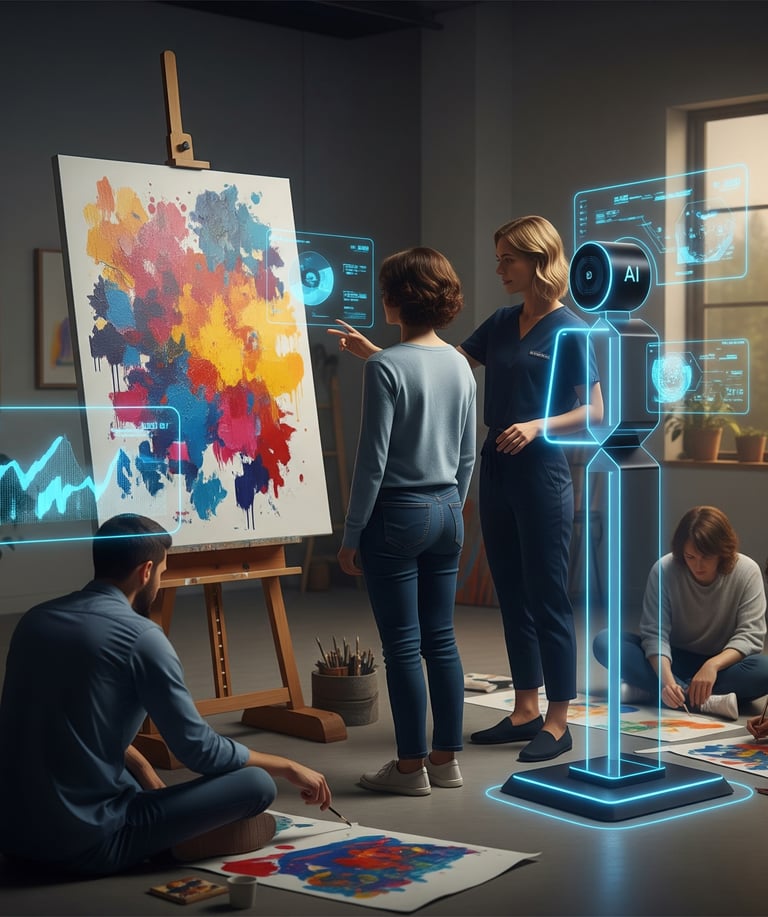

Music helps us feel what words can’t. Art gives shape to what we carry inside. And art therapy transforms both into healing — when guided by the hands and hearts of those trained to hold space for it.
We believe this is just the beginning. With the right safeguards and therapist leadership, AI systems have the potential to reshape not only art therapy, but how we approach human–AI collaboration in mental health interventions as a whole.
This work is not about disruption. It’s about evolution — slow, thoughtful, and centred on care. Whether you’re excited about AI, sceptical, somewhere in between, or simply don’t know enough to form an opinion yet, we invite you to explore.
Knowledge sets us free.
Learning to work with these tools doesn’t diminish your role as a therapist , it amplifies it. It gives you more insight, more precision, and more ways to reach those you support. At ArtAICare, we are building these systems with therapists — not around them.
Join us and be part of the movement that will shape the future of care.
What’s Next: A New Canvas for Art Therapy
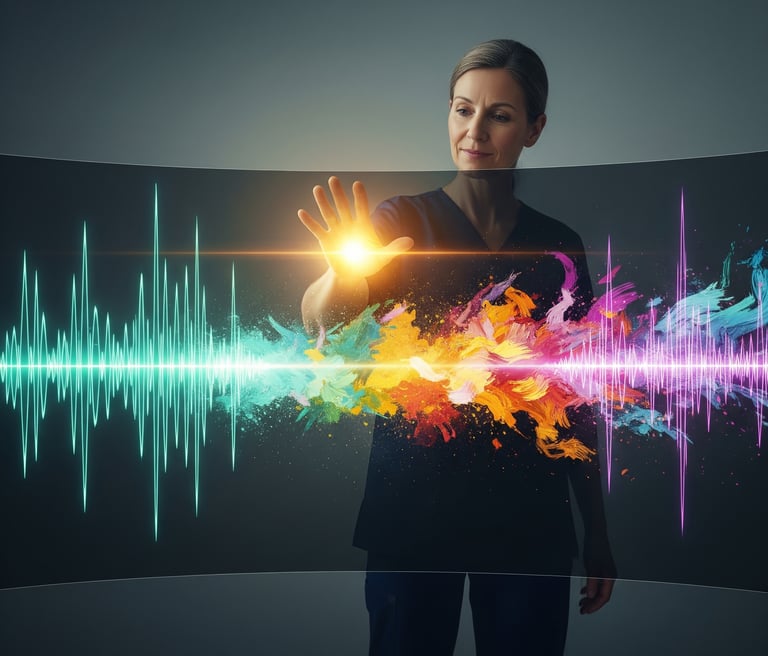

The paper 👉 Affect-aware Cross-Domain Recommendation for Art Therapy via Music Preference Elicitation

Follow us on social media
© 2024 ArtAICare All rights reserved.
11 avenue du Rock'n'Roll 4361 Esch-sur-Alzette, Luxembourg

